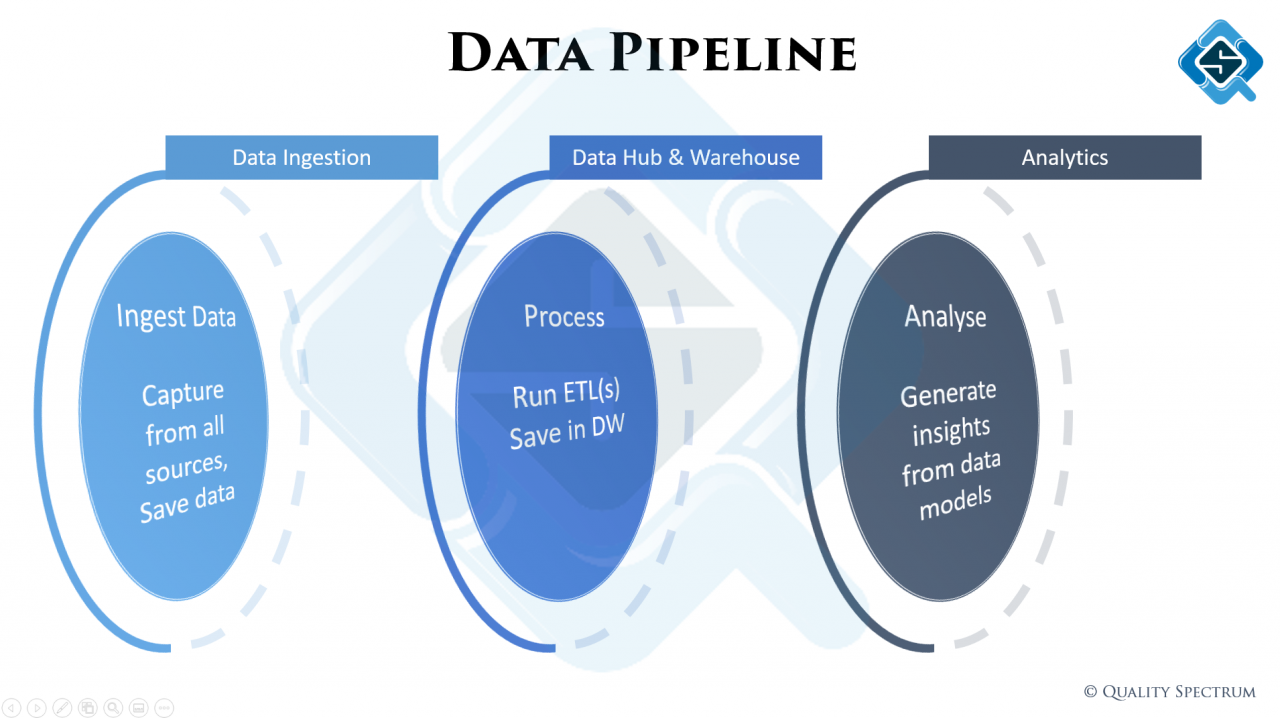What Autonomy does and does NOT mean
Autonomy is a cornerstone of agile transformation. However I’ve seen it taken the wrong way too.
IMHO, autonomy means:
– Self organizing teams who don’t have to wait for someone to take decisions on their behalf
– Who have the autonomy to estimate work (within reasonable guidelines) and drive decisions related to completing the work
– As they can take technical decisions, so are they responsible for those solutions – you code it, you own it
What it does NOT mean:
– Create a bubble and make sure no one from the outside has any visibility into the working of the team (no one can come to our stand ups / retros or other ceremonies). Agile is about transparency remember!
– Take autonomy as a ‘do whatever and get away with badge’ – for example, give unrealistic estimations and having no technical reasoning for why it’s going to take that long.
A big factor in all this I guess is having a purpose and being driven also.
And make no mistake – this will have a direct impact on quality of your product – and hence should be factored into the KPIs to measure.
What is your experience on autonomy in teams?







